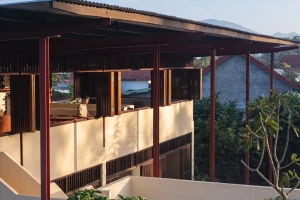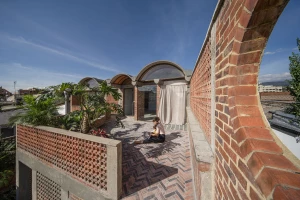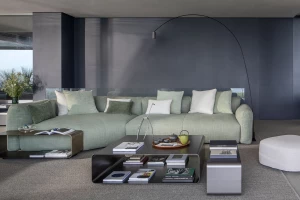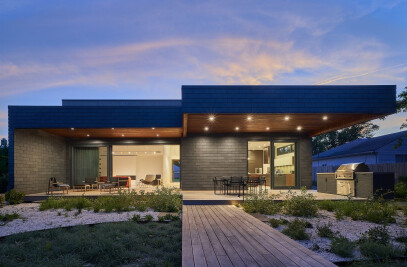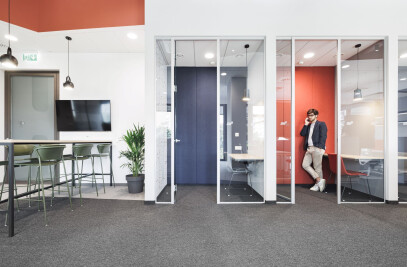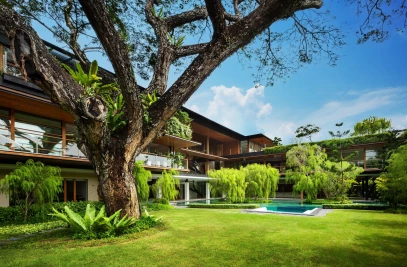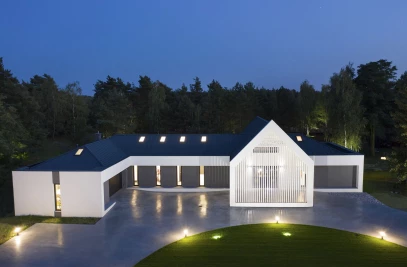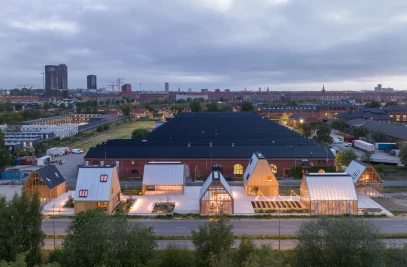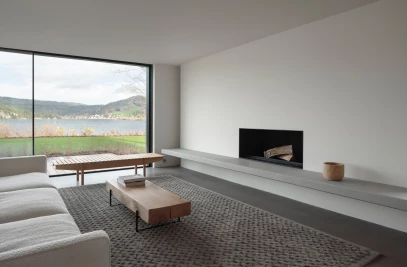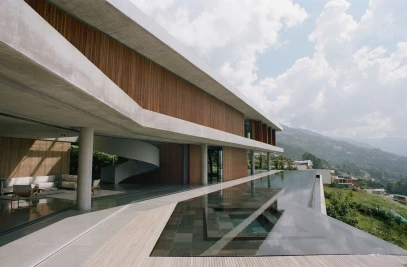Part of the ‘Expanded Theater/2020 First Public Art Exhibition in Nanhai,’ TAOA Architects explore the intersection of art and architecture with their space installation entitled ‘Void Garden.’ According to the curator of the exhibition, each contributor was asked to create a public art installation that engages participation from the audience.

Located at the edge of dense forest in the city park of Foshan (China), the proposal from TAOA is a single space – void except for water and air. The architects explain that in a relaxed state, viewers will experience a different world from within the installation’s freeform walls, one of rhythm and space decomposed to the most basic elements.

The freeform walls are made of fair-faced concrete that define the void boundary. The winding form extends into trees and brush that surround, softening the look of the concrete as it becomes an abstract landscape. Existing trees were carefully mapped by the architects so that the walls could flow around like running water.

Near one side of the park path, a square entrance with a width of only 60 cm connects the two words – inside and outside. Only one person can move between the two worlds at the time.

The bottom of the space is filled with clear water, while a hollow stainless steel plate on which visitors can walk keeps the same elevation as the water surface, thus creating the sensation of walking on water.
The ultimate aim of the project is to rethink the boundary between architecture and art. According to the architects, ‘If the architecture is not required to function, then what is it? Maybe it is a structural imagination, a structure showing nothingness with entities, or a space about "nothingness", aiming at the unpredictable "being" of nature.’













